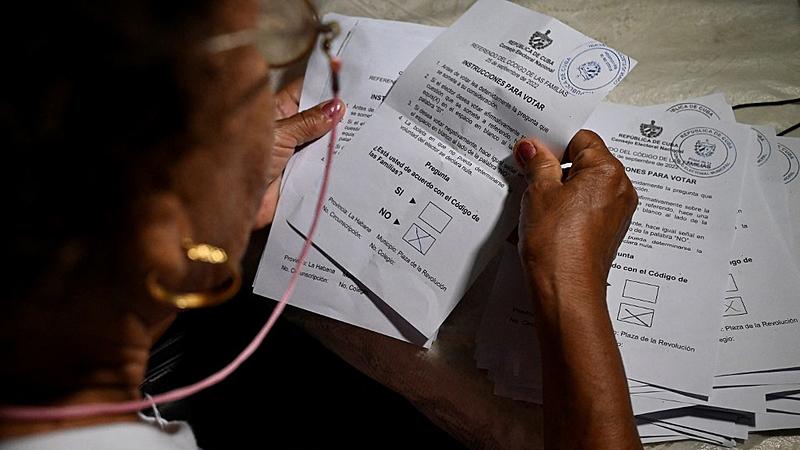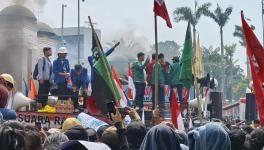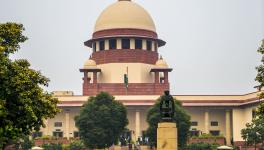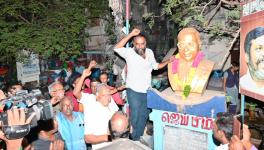Understand Cuba’s upcoming National Assembly elections

On March 26, 470 deputies will be elected to Cuba’s National Assembly of People’s Power, the country’s highest political body, for a five-year term. These elections will see record participation of young, black and women candidates.
The election campaigns on the island are not in the form of propaganda, as in capitalist countries. There are no smiling billboards in the streets, no advertising full of promises. In the weeks leading up to the elections, the candidates visit neighborhoods, workplaces, and student centers, where assemblies are called and organized for exchange with the population. In these public meetings, the candidates for the Cuban Parliament talk to the voters and listen to their concerns, questions, complaints and proposals.
One fifth of all candidates are young people between the ages of 18 and 35. This represents an increase compared to the current legislature.
More than half of the candidates are women. The world average for women in national government, according to the World Economic Forum, is only 26%. Rwanda, with 61% of the Parliament composed of women, has the highest rate of female participation.
At the same time, progress could also be made on the racial issue. While in the previous legislature 40% of its members were black, this number has increased to 45% in the current candidates.
“Political power in Cuba has the particularity of being recognized as a unique power. It is precisely because we cannot speak of a division of powers. It is a unique power that resides in the National Assembly of People’s Power. This is the highest organ of power in the Cuban state, from which different functions are delegated to other organs that make up the structure of the Cuban state. Therefore, the National Assembly of People’s Power is the highest organ of power in the state that has constituent and legislative functions. The National Assembly is composed of deputies directly elected by the people. The president, vice-president and secretary of the Assembly are elected in the Assembly,” explains attorney Loyet Ricardo in an interview with Brasil de Fato.
Unlike multi-party political systems, candidates for the Cuban legislature are not elected through competition between different political parties. But, contrary to what is often believed, it is not the Cuban Communist Party that chooses the candidates for the Assembly either. Rather, the candidacies are chosen by “candidacy committees.”
The candidacy committees are made up of representatives of the leaderships of different sectoral and union spaces, which in turn are made up of the Federation of University Students, the Workers’ Central Union of Cuba, the National Association of Small Farmers, the Federation of High School Students, the Federation of Cuban Women, and the Committees in Defense of the Revolution. These committees propose different candidates who will be voted on in the elections.
The elected representatives are not paid a salary higher than that of the average worker. Likewise, officials are required by law to be accountable to their constituents and their mandate can be revoked at any time.

The Capitol of Havana, seat of the Cuban legislature / Yomangani / Wikimedia Commons
“Participation takes place among the people and in the mechanisms that the people have, and that are recognized in the Constitution and in the laws to be effective, to be able to participate. In Cuba, we cannot only talk about democracy and therefore participation in the vote, but also in the exercise of the recognized right of the people to control the exercise of that power. The power they put in the hands of the State. In the capacity of being part of the decision making process, of being able to demand that the State is responsible for its management and for satisfying the needs and demands of the population,” Loyet Ricardo said.
Participation rate is a challenge
Cuba is currently facing a serious economic crisis that has produced a social malaise that manifests itself in many ways. One of them has been a political detachment that has led to a decrease in political and electoral participation.
Between 1976—the year in which the first Constitution was sanctioned after the triumph of the 1959 Socialist Revolution—and 2010, the electoral participation rate ranged between 95.2% and 95.9% of voters. This puts the voter turnout level well above that of most countries. An example of this is the case of Brazil itself, with the highest voter turnout in the 1989 democratic opening elections, when 88% of voters cast ballots—the highest level of participation to date.
In the following years, although the level of voter turnout in Cuba suffered a slight decline, it remained at high levels. In the 2015 elections, turnout rates were 89%, and in the 2017 municipal elections, abstention was 14%.
However, in the elections for delegates to the National Assembly of People’s Power, a kind of council, held in 2022, abstention rose sharply, reaching 31.5% of the total number of voters. This figure—although normal by most countries’ standards—was the highest abstention rate in the history of Cuban elections since the triumph of the Revolution.
This article was originally published in Portuguese in Brasil de Fato.
Get the latest reports & analysis with people's perspective on Protests, movements & deep analytical videos, discussions of the current affairs in your Telegram app. Subscribe to NewsClick's Telegram channel & get Real-Time updates on stories, as they get published on our website.
























